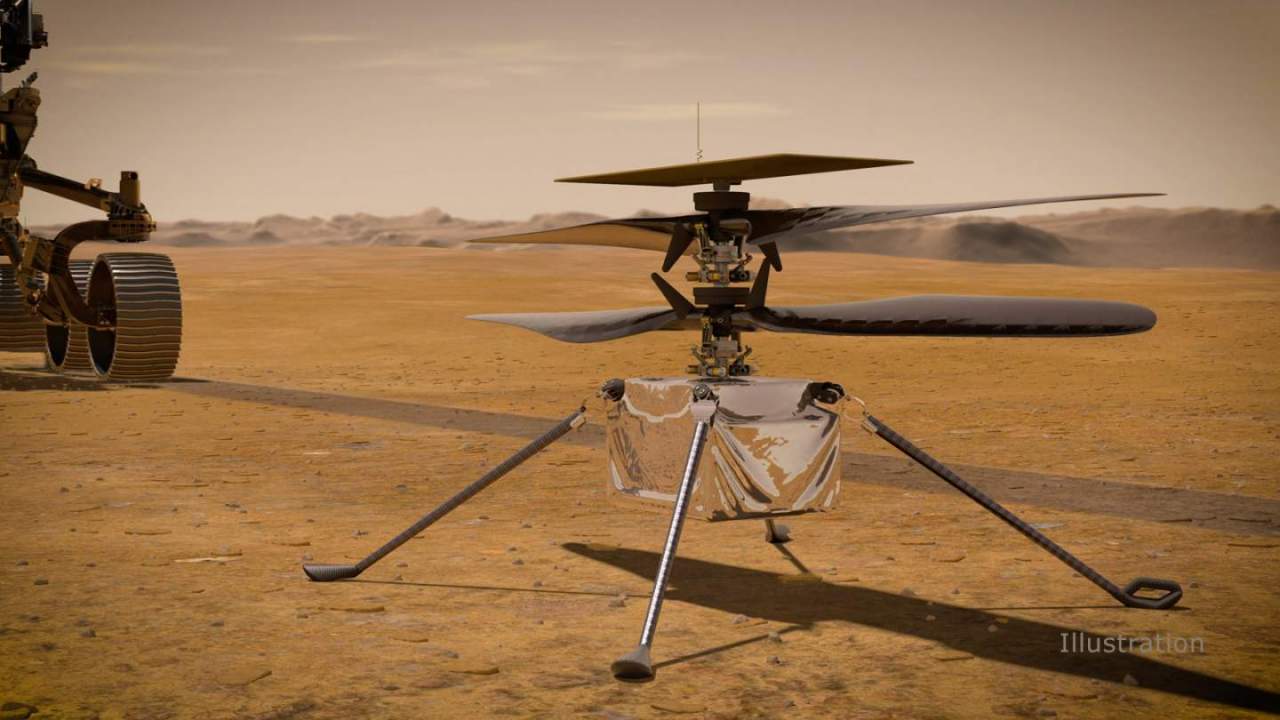A small helicopter that studies exploring Mars, NASA’s ingenuity has surpassed all expectations and has lasted longer than just the most optimistic predictions. Originally designed for up to five flights, this helicopter is now preparing for the 19th flight, which will be the first of 2022. But this flight will not be easy, especially considering taking off that must be done.
The 19th flight is scheduled to take place today, Friday, January 7, and it will follow the route from the location of the helicopter at this time in the South Séítah basin, above the ridge, and rises to the highlands. This is similar to the route that has been flown by the previous helicopter, because it is currently exploring its steps, but traveling in the opposite direction. Insiles are returning to the original deployment site where and the perseverance of Rover landed.
However, despite taking this route before, this flight will be difficult. According to NASA, the helicopter is currently sitting on “sandy terrain without features.” And while it’s good in a number of things – it makes it easier to land when there is no stone to dodge – it makes it more difficult to take off. That’s because the way the helicopter navigation system works.
The navigation system uses the camera facing down on the helicopter to imagine the land below and use these images to build surface maps. The system can then direct the helicopter to avoid obstacles such as large stones.
But in this case, when the helicopter sits above what can be considered a blank canvas, it means that the navigation system will have difficulty distinguishing any features on the ground. This caused some problems when the helicopter landed on previous flights, and careful engineers to ensure it did not cause any more problems on the next flight.
“[T] The area is actually so without stone reported during warnings for 18 landings because of inadequate features to track visual navigation,” Martin Cacan, Pilot Intelligue in the NASA Blog Laboratory. “As a result, the parameters of error protection will be updated to mitigate the risk of medieval early landing.”
Engineers predict that the 19th flight will last around 100 seconds, and the helicopter will travel about 1 meter per second. This will cover 63 meters (206ft) and hit a height of 10 meters (33ft), once again flicking the photo while walking.

